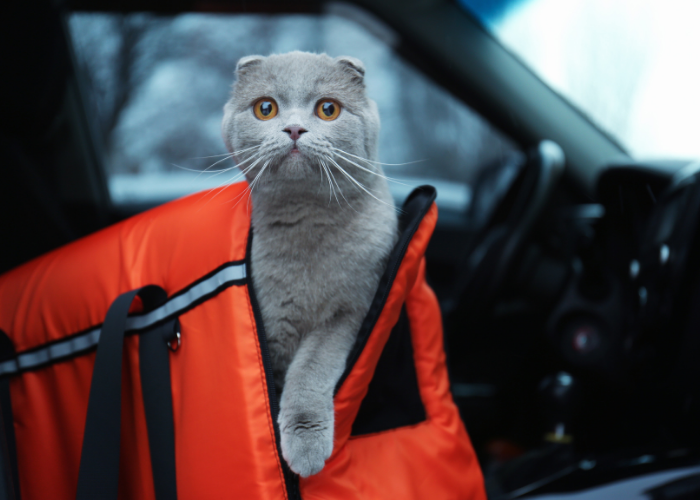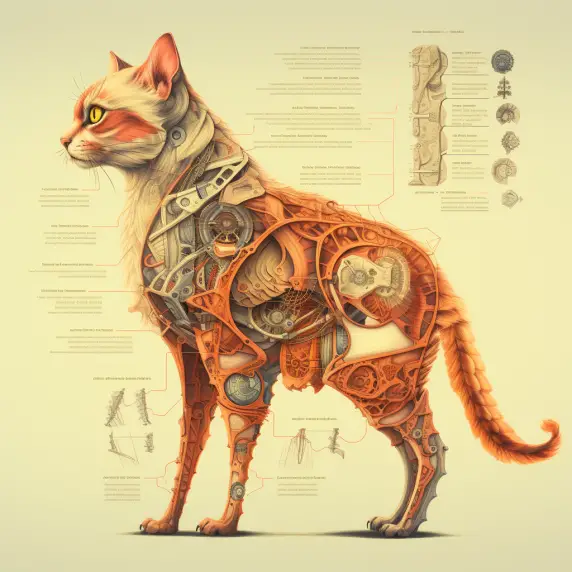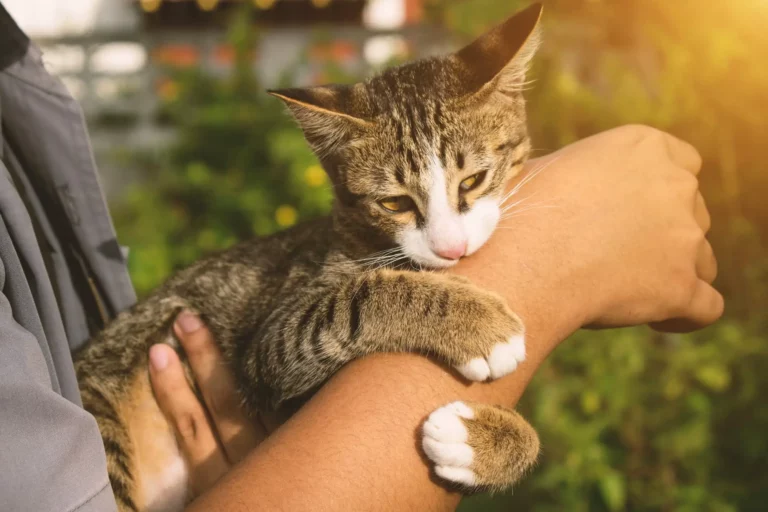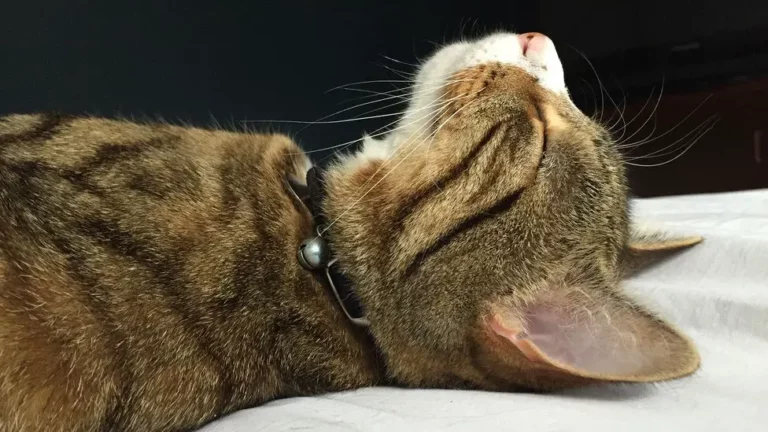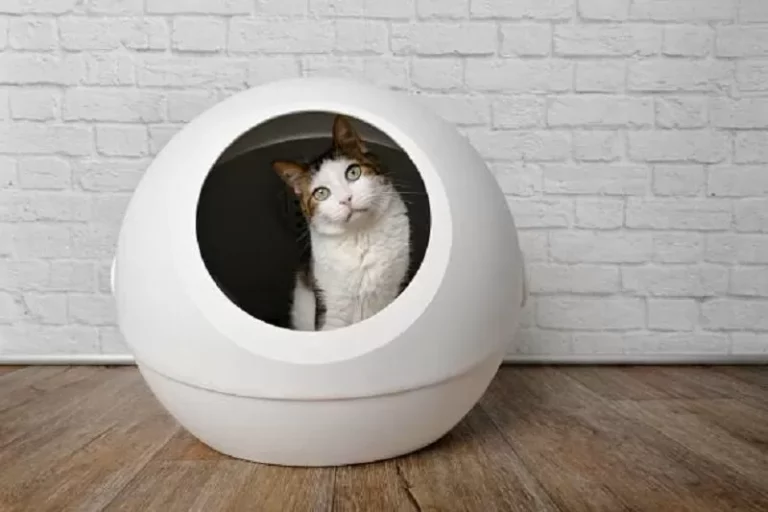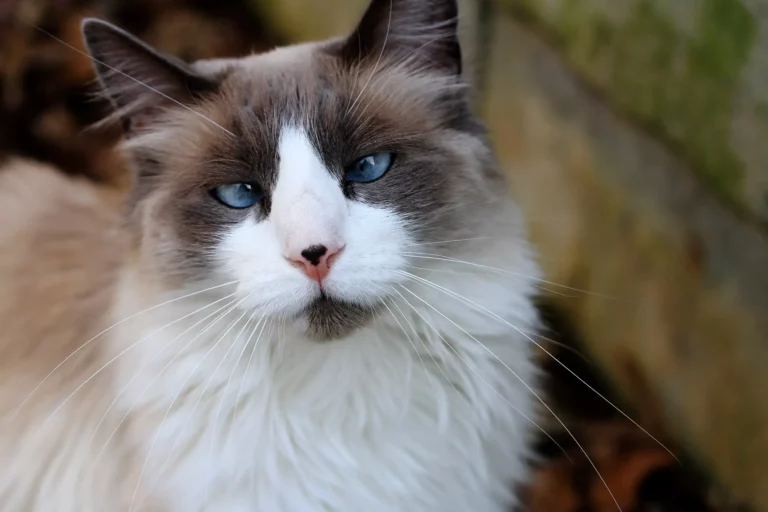The Circle of Life: What Eats Cats in the Food Chain?
Cats, both domestic and wild, play a crucial role in the complex web of life known as the food chain. As predators, they help control the population of various smaller prey species, while also serving as potential prey for larger predators.
Their presence in the food chain maintains a delicate balance that ultimately contributes to overall ecosystem health. In this blog post, we will explore the different animals that prey on cats and how these predator-prey relationships impact our environment.
Understanding the dynamics between predators and their prey is essential for both ecological preservation and responsible pet ownership. Gaining insight into the threats that cats face in the food chain can help pet owners take necessary precautions to protect their feline companions.
Additionally, being aware of the ecological consequences of cats as predators and prey can inform conservation efforts and promote a more balanced ecosystem.
Domestic Cats vs. Wild Cats
Differences in behavior and habitat
Domestic cats (Felis catus) and wild cats (such as Felis silvestris) exhibit distinct behavioral and habitat differences that can influence their role in the food chain. Domestic cats have been bred for companionship and are often found in urban and suburban environments, where they have adapted to live alongside humans.
In contrast, wild cats, such as the African wildcat, European wildcat, and other small wild feline species, tend to occupy a diverse range of natural habitats, including forests, grasslands, and deserts.
While both domestic and wild cats are natural predators, their different living conditions can affect the types of predators they encounter and their overall impact on local ecosystems.
How domestication affects predation risks
Domestication has altered the way cats perceive and interact with their environment, making them more susceptible to predation compared to their wild counterparts.
Domestic cats may be less skilled at detecting and avoiding predators due to a lack of exposure to such threats in their daily lives. Furthermore, domestic cats often exhibit brightly colored coats or unique patterns that make them more visible to potential predators.
In contrast, wild cats have evolved to blend into their surroundings, providing them with better camouflage and a higher chance of evading detection. As a result, domestic cats face different challenges and predation risks than wild cats in the food chain.
Common Predators of Domestic Cats
Coyotes and their increasing urban presence
Coyotes (Canis latrans) are one of the most common predators of domestic cats, especially in North America. As urban and suburban areas continue to expand, the habitats of coyotes and domestic cats increasingly overlap.
Coyotes are highly adaptable creatures that have learned to thrive in these developed areas, where they often prey on pets, including cats. They are opportunistic hunters, and an unsupervised domestic cat may become an easy target.
Birds of prey: eagles, hawks, and owls
Large birds of prey, such as eagles, hawks, and owls, are another threat to domestic cats. These avian predators possess exceptional eyesight, strength, and agility, enabling them to swoop down and seize an unsuspecting cat.
Although cases of birds preying on cats are relatively rare, small or young cats may be more vulnerable to attacks from these skilled hunters.
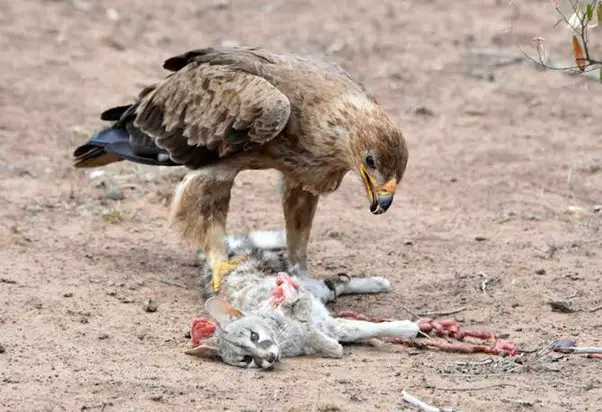
Larger felines: bobcats and mountain lions
In regions where larger wild feline species, such as bobcats (Lynx rufus) and mountain lions (Puma concolor), are present, domestic cats may be at risk of predation. These larger felines are highly skilled predators with the strength and stealth to overpower a domestic cat.
Encounters between domestic cats and larger felines are relatively rare but can occur in areas where human development intersects with natural habitats.
Dogs and other domesticated animals
Domestic dogs (Canis lupus familiaris) can also pose a threat to cats. Although most dogs do not actively hunt cats, certain breeds with strong prey drives may be more inclined to chase and attack them.
Additionally, other domesticated animals, such as pigs and even some large birds like turkeys, can pose a threat to cats if they feel threatened or territorial. It is essential for pet owners to be aware of potential dangers posed by other domesticated animals in their neighborhoods.
Predators of Wild Cats
The role of size and species in wild cat predation
The size and species of a wild cat can significantly influence the types of predators it encounters.
Smaller wild cat species, such as the ocelot (Leopardus pardalis) or the margay (Leopardus wiedii), are more vulnerable to predation from larger carnivores, whereas larger wild cats like the leopard (Panthera pardus) or the tiger (Panthera tigris) face fewer natural predators.
However, even the larger wild cats can fall prey to other big predators in specific circumstances, such as when they are young, injured, or sick.
Interactions between wild cats and larger carnivores
In the wild, several larger carnivores may prey on wild cats, depending on the region and the specific wild cat species. Examples of these predators include wolves, hyenas, and even large reptiles like crocodiles and alligators in some areas.
The interactions between wild cats and these larger predators can be complex, with some instances of mutual avoidance, competition for resources, or direct predation.
Human impact on wild cat populations
Humans have a significant impact on wild cat populations, both directly and indirectly. Human activities such as poaching, habitat destruction, and climate change contribute to the decline of wild cat populations and make them more susceptible to predation from other animals.
Additionally, road accidents and retaliatory killings due to perceived threats to livestock or property can further reduce wild cat numbers, disrupt local ecosystems, and alter predator-prey dynamics.
The Ecosystem Impact of Cats as Predators
Cats as efficient hunters
Both domestic and wild cats are skilled hunters with sharp senses, agility, and a natural instinct for stalking and capturing prey. Their hunting prowess enables them to control the populations of various small animals, such as rodents, birds, and reptiles.
In some cases, this can be beneficial for maintaining a balanced ecosystem by preventing the overpopulation of certain prey species.
The ecological consequences of outdoor domestic cats
Outdoor domestic cats, particularly those that are not spayed or neutered, can have a significant impact on local ecosystems. They often prey on native wildlife, contributing to the decline of bird and small mammal populations.
In some areas, domestic cats have been identified as a leading cause of wildlife mortality, which can disrupt the balance of the local food chain and cause cascading effects throughout the ecosystem.
Controlling the feral cat population
Feral cats—domestic cats that have reverted to a wild state—pose a unique challenge in terms of their impact on the food chain. They often form large colonies and can cause significant ecological damage by overhunting native species.
To mitigate the negative effects of feral cats on the environment, many communities have implemented trap-neuter-return (TNR) programs to help control their population. These programs involve humanely trapping feral cats, neutering or spaying them, and then releasing them back into their territory.
This approach aims to stabilize feral cat populations and reduce their impact on local ecosystems.
How to Protect Your Cat from Predators
Keeping cats indoors or supervised outdoors
One of the most effective ways to protect your cat from potential predators is to keep them indoors or provide supervised outdoor time. Indoor cats are less likely to encounter predators and are also less prone to diseases, parasites, and accidents.
If you prefer to give your cat outdoor access, consider using a cat enclosure or a leash and harness to keep them safe while they explore their surroundings.
Using deterrents for common predators
Implementing deterrents can help discourage predators from entering your property and reduce the risk of them targeting your cat. Some strategies include installing motion-activated lights or sprinklers, using predator-proof fencing, and removing attractants such as pet food or garbage.
You can also provide safe spaces for your cat, such as elevated perches or hiding spots, to give them a sense of security and refuge from potential threats.
Understanding local predator risks
Being aware of the predator species present in your area is crucial for protecting your cat. Familiarize yourself with the local wildlife and their behavior patterns and adapt your cat’s environment accordingly.
For example, if you live in an area with a high population of birds of prey, consider providing more sheltered spaces for your cat to avoid being targeted. Additionally, stay informed about local conservation and wildlife management efforts, as these can influence predator-prey dynamics and impact the safety of your cat.
Frequently Asked Questions
Can cats protect themselves from larger predators?
Cats possess natural instincts and defensive capabilities that can help them evade or deter predators. They can use their sharp claws and teeth for defense, and their agility and speed can help them escape. However, against larger predators, cats are often at a disadvantage due to size and strength differences.
It is crucial for pet owners to take necessary precautions to minimize the risk of their cats encountering predators.
Are certain cat breeds more susceptible to predation?
Cats possess natural instincts and defensive capabilities that can help them evade or deter predators. They can use their sharp claws and teeth for defense, and their agility and speed can help them escape.
However, against larger predators, cats are often at a disadvantage due to size and strength differences. It is crucial for pet owners to take necessary precautions to minimize the risk of their cats encountering predators.
How do local wildlife protection efforts help reduce cat predation?
Local wildlife protection efforts can help maintain a balanced ecosystem by preserving habitat and managing predator populations. By ensuring that natural habitats remain intact, these efforts can reduce the likelihood of predators encroaching on human-dominated areas where domestic cats may reside.
Additionally, well-managed wildlife populations can help minimize competition for resources and maintain predator-prey balance, reducing the pressure on predators to seek out alternative prey like domestic cats.
What are some signs that my cat has encountered a predator?
If your cat has encountered a predator, they may display physical injuries or behavioral changes. Injuries may include scratches, bite marks, or wounds, while behavioral changes may involve increased fearfulness, aggression, or reluctance to go outside.
If you suspect that your cat has encountered a predator, it is crucial to seek veterinary care to address any potential injuries and implement measures to prevent future encounters.
How do different habitats influence the likelihood of cat predation?
The likelihood of cat predation can vary depending on the habitat and the types of predators present in the area. In urban and suburban environments, cats may be more likely to encounter predators such as coyotes and birds of prey.
In rural or forested areas, they may be at risk from larger predators like bobcats or mountain lions. Familiarizing yourself with the local habitat and its associated predators can help you take appropriate precautions to protect your cat.
Final Thoughts
The complex web of life, known as the food chain, is a delicate balance of predators and prey, each playing a crucial role in maintaining ecosystem health. Cats, both domestic and wild, contribute to this balance by controlling the populations of smaller prey species while also serving as potential prey for larger predators.
Understanding the predator-prey dynamics involving cats can inform conservation efforts, promote a healthier ecosystem, and encourage responsible pet ownership.
As pet owners, we have a responsibility to protect our feline companions and ensure that their presence does not negatively impact the environment. By keeping cats indoors or providing supervised outdoor access, we can minimize their exposure to predators and reduce their impact on local wildlife populations.
Additionally, implementing deterrents and staying informed about local predator risks can help safeguard our cats while promoting a balanced ecosystem. By taking these steps, we can ensure the well-being of our beloved pets and contribute to a healthier, more sustainable environment for all living creatures.

